Your Cart is Empty
Free and Fast Shipping | 30 Day Money Back Guarantee
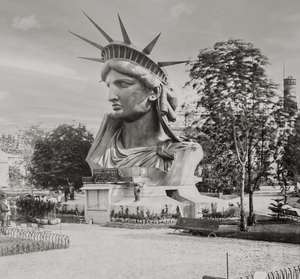
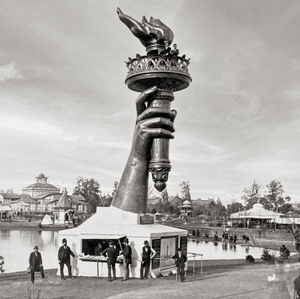

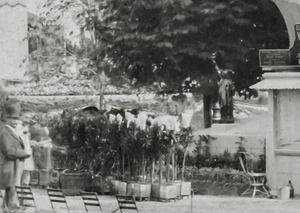
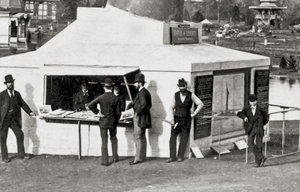
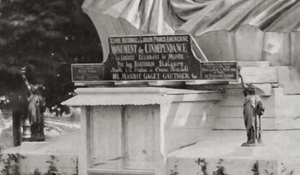
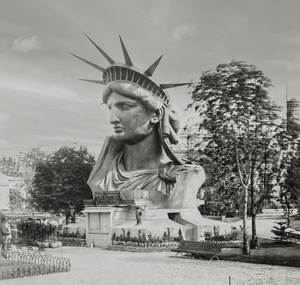



Step back in time with our Statue of Liberty wall collection. These two photographs transport you to the Champ de-Mars Exposition Universelle in Paris, back in the year 1878, where the Statue of Liberty made its grand appearance. One photograph offers a close-up view of the statue's head, showcasing its intricate details and symbolic significance. The other photo focuses on the statue's mighty arm, an emblem of freedom and hope.
The Statue of Liberty, officially named "Liberty Enlightening the World," stands as a powerful and intricate symbol of freedom, democracy, and the human spirit. Gifted by the people of France to the United States and dedicated in 1886, every aspect of this iconic monument carries a wealth of meaning. The statue's torch, raised high, serves as a beacon of enlightenment, casting light on the path to liberty and knowledge. This theme of illumination is further emphasized by her crown, which has seven spikes representing the Seven Seas and seven continents, extending the idea of freedom across the globe.
In her left hand, she holds a tablet inscribed with the date "July 4, 1776," a nod to the Declaration of Independence and a symbol of the rule of law that underpins democratic governance. At her feet lie broken chains and shackles, visual metaphors for the defeat of tyranny and oppression, emphasizing that liberty is unshackled and enduring. Her flowing robe captures the free and independent spirit of the people, demonstrating that liberty is unconstrained by despotism.
The statue itself is constructed of copper sheets over an iron framework, a design choice that further adds to its symbolism. Copper, a noble metal, resists corrosion, reflecting the enduring nature of liberty, while the iron framework signifies the resilience and strength required to maintain freedom. Even her location at the entrance to New York Harbor holds symbolic importance, serving as a welcoming sight to immigrants and emphasizing the statue's role as an enduring symbol of opportunity and freedom for all. In this way, every element of the Statue of Liberty coalesces to form a complex, deeply meaningful symbol admired around the world.
The sonnet called "The New Colossus" written by American poet Emma Lazarus in 1883 was inscribed on a bronze plaque and placed on the inner wall of the pedestal of the Statue of Liberty in 1903. The specific lines read:
"Give me your tired, your poor,
Your huddled masses yearning to breathe free,
The wretched refuse of your teeming shore.
Send these, the homeless, tempest-tost to me,
I lift my lamp beside the golden door!"
These lines have become closely associated with the Statue of Liberty and its role as a welcoming symbol for immigrants coming to the United States. They capture the essence of the statue as not just a symbol of freedom and democracy, but also as an embodiment of sanctuary, opportunity, and open arms for those seeking a better life
As you display these photographs, you'll have the opportunity to ignite discussions and learn more about the Statue of Liberty's journey and the historical context surrounding its presence in the international exposition. Discover the fascinating story behind this iconic symbol of liberty and its role in strengthening the bond between the United States and France. Watch the video for more details.